Lagundi Tree
- October 25, 2024
- 0 comment
The Lagundi tree (Vitex negundo) is a well-known medicinal plant, native to the Philippines and other parts of Southeast Asia. Recognized for its health benefits and ecological significance, it has been used for centuries in traditional medicine, particularly for respiratory issues like coughs and colds.
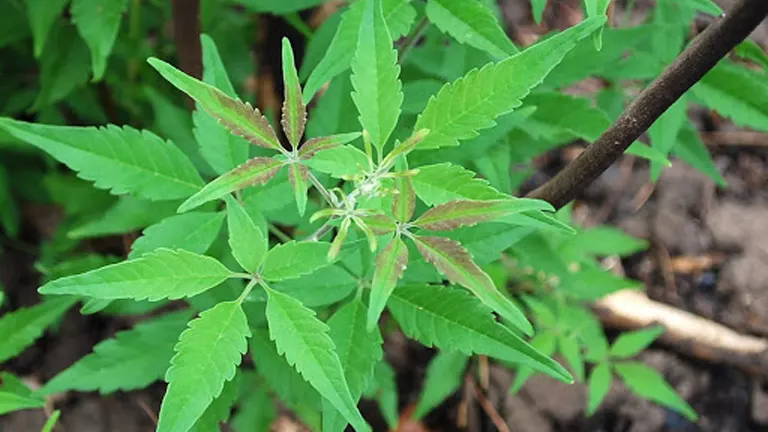
The Lagundi tree plays a vital role in local ecosystems, contributing to biodiversity and offering shelter and food to various wildlife species. Its hardiness and adaptability make it an important plant in both natural and cultivated environments.
Botanically classified within the Lamiaceae family, the Lagundi tree supports a range of organisms, from pollinators to herbivores. Its importance stretches beyond its medicinal uses, as it also helps stabilize soils, prevent erosion, and maintain local biodiversity, particularly in tropical and subtropical ecosystems.
What Is a Lagundi Tree?
The Lagundi tree is a small, multi-branching tree or shrub that can grow up to 5 meters (16 feet) tall. Known scientifically as Vitex negundo, it belongs to the family Lamiaceae, the same family that includes other aromatic plants like mint and rosemary. The tree is notable for its long, finger-like leaves which are usually divided into five leaflets, giving it a distinctive appearance. The leaves have a faintly aromatic scent, often described as mildly spicy or peppery.
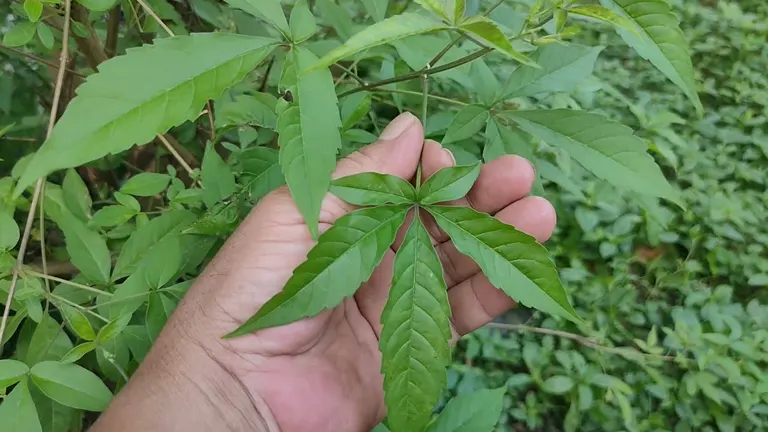
The tree also produces small, purplish-blue flowers, which are grouped together in spikes. These flowers are not only attractive but also significant for local ecosystems, as they attract bees, butterflies, and other pollinators. Lagundi’s fruits are small, dark, and round, typically appearing after the flowering season. These fruits are consumed by birds and other wildlife, helping to spread the seeds of the plant across a wide area.
One of the most interesting facts about the Lagundi tree is its reputation as a medicinal plant. In traditional Filipino medicine, its leaves, flowers, and roots are used to treat a variety of ailments, most commonly for respiratory conditions like asthma, coughs, and colds. The plant’s compounds have anti-inflammatory, antimicrobial, and analgesic properties, making it an important natural remedy in many Asian cultures.
Different Types of Lagundi Tree Species
While Vitex negundo is the most commonly known species referred to as Lagundi, it belongs to a larger genus called Vitex, which includes around 250 species. Some notable species related to Lagundi include:
Vitex Trifolia
Also known as the simpleleaf chastetree, this species is found in coastal regions and has similar medicinal uses.
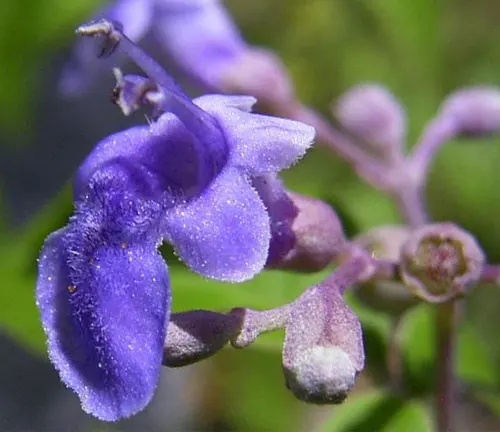

Vitex Agnus-Castus
Known as the chaste tree, this species is used in Western herbal medicine, particularly for hormonal regulation.
These species vary slightly in size, appearance, and habitat, but they all share the same basic characteristics, such as aromatic leaves and attractive flowers. Vitex trifolia, for example, is often found growing near the seashore and has a somewhat salt-tolerant nature, while Vitex agnus-castus prefers temperate climates and has been widely naturalized in parts of Europe and North America.
The diversity within the Vitex genus highlights the adaptability of these plants, each playing a significant role in their native ecosystems by providing food and shelter for wildlife.
Where Do Lagundi Trees Grow?
Lagundi trees thrive in tropical and subtropical regions, primarily found in countries like the Philippines, India, Sri Lanka, and Myanmar. They prefer areas with abundant sunlight and well-draining soil, but they are also highly adaptable to various environmental conditions. You can commonly find Lagundi trees growing in open fields, along riverbanks, and in secondary forests where they naturally regenerate after disturbances.
In addition to their native habitats, Lagundi trees have been introduced to other parts of the world, where they are grown both for their medicinal value and as ornamental plants. The tree’s ability to adapt to different climates, including semi-arid and coastal environments, makes it a valuable plant for reforestation and ecological restoration projects.
Ecologically, the Lagundi tree contributes to its environment by stabilizing soil, preventing erosion, and serving as a habitat for numerous species of insects and birds. Its ability to grow in disturbed areas also helps in the regeneration of ecosystems that have been damaged by deforestation or other environmental impacts.
How to Grow and Care for Lagundi Tree
Growing a Lagundi tree in your garden is relatively easy, especially if you live in a tropical or subtropical climate. Here’s a step-by-step guide on how to cultivate and care for this beneficial plant:

- Soil: Lagundi prefers well-draining soil, but it is not overly picky. It can grow in sandy, loamy, or clay soils, as long as there is good drainage.
- Watering: While the Lagundi tree is somewhat drought-tolerant, it benefits from regular watering, especially during the dry season. Water the plant deeply once or twice a week to encourage strong root development.
- Sunlight: This plant thrives in full sunlight but can also tolerate partial shade. For optimal growth, plant Lagundi in a sunny location where it can receive at least six hours of direct sunlight each day.
- Propagation: Lagundi can be propagated either by seeds or cuttings. To propagate from seeds, collect the ripe fruits and sow them in well-prepared soil. For cuttings, take a 15-20 cm cutting from a healthy branch, remove the lower leaves, and plant it in moist soil.
- Maintenance: Pruning is not necessary, but you can trim the tree to maintain its shape or remove dead or damaged branches. Lagundi is relatively pest-resistant, but you should watch for common garden pests like aphids and caterpillars.
Ecological Benefits of Lagundi Tree
The Lagundi tree plays several key roles in its natural ecosystem. One of its primary benefits is soil stabilization. By spreading its roots, Lagundi helps prevent soil erosion, especially on slopes or riverbanks. This makes it a valuable plant for areas prone to flooding or landslides.
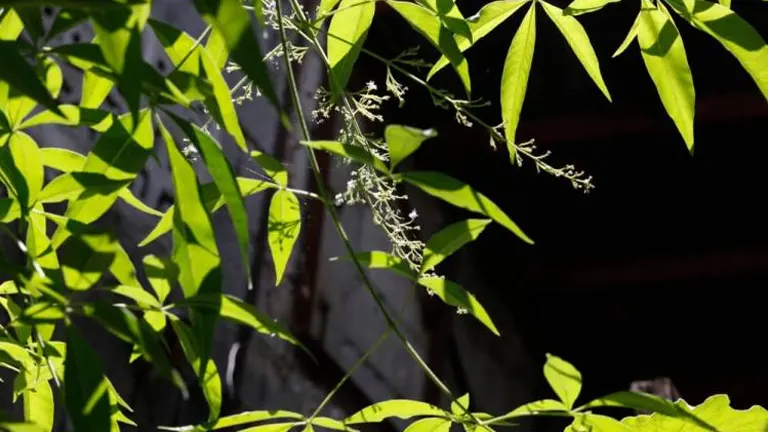
Moreover, the tree improves soil quality by providing organic matter in the form of fallen leaves and branches, which decompose and enrich the soil. Its ability to grow in nutrient-poor soils also makes it an important species in land restoration projects.
Lagundi also supports local biodiversity by providing food and shelter for a variety of insects, birds, and small animals. Its flowers attract pollinators like bees and butterflies, while its fruits are eaten by birds, aiding in seed dispersal.
Lagundi Tree Flowering and Pollination
The Lagundi tree typically flowers during the warm months, with blooms appearing in late spring or early summer. The flowers are small, fragrant, and bluish-purple, grouped together in long spikes that are highly attractive to pollinators. Bees and butterflies are the primary pollinators of Lagundi flowers, drawn by their sweet scent and nectar.
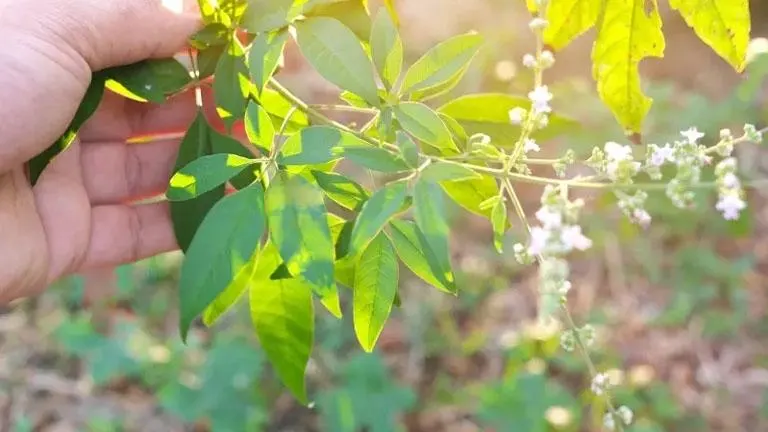
Once pollinated, the flowers give way to small, dark fruits, which are consumed by birds and other wildlife. This interaction between the tree and local fauna is essential for the tree’s reproduction, as the birds help spread its seeds across a wide area.
Is Lagundi Tree Drought-Tolerant?
Yes, the Lagundi tree is drought-tolerant, which makes it a resilient species in regions that experience dry spells or irregular rainfall. While it grows best with regular water, Lagundi can survive periods of drought by slowing its growth and conserving water in its tissues. This characteristic makes it suitable for planting in arid or semi-arid regions where other trees may struggle to survive.
Lagundi Tree and Wildlife Interactions
Lagundi trees have many beneficial interactions with wildlife. Birds are particularly fond of the tree’s fruits, which provide a nutritious food source, especially during the dry season when other fruits may be scarce. In turn, birds play a vital role in dispersing the seeds of the tree, helping it to propagate in the wild.
Insects, including bees and butterflies, are also attracted to Lagundi’s flowers, aiding in pollination. The tree’s dense foliage provides shelter for various small animals and insects, creating a microhabitat that supports local biodiversity.
Conclusions
The Lagundi tree is not only valued for its medicinal properties but also for its significant ecological contributions. From soil stabilization and erosion control to supporting biodiversity, this tree plays an essential role in maintaining healthy ecosystems. Its adaptability to various climates and resistance to drought make it an important species for both conservation and cultivation. As we continue to explore natural solutions to environmental challenges, the Lagundi tree remains a symbol of resilience and biodiversity.
Frequently Asked Questions (FAQs)
- What is the scientific name of the Lagundi tree?
The scientific name of the Lagundi tree is Vitex negundo. It belongs to the family Lamiaceae, the same family that includes aromatic plants like mint and rosemary. - What are the main characteristics of the Lagundi tree?
The Lagundi tree is a small, multi-branching shrub or tree that can grow up to 5 meters tall. It has distinctive leaves divided into five leaflets, purple-blue flowers that attract pollinators, and small, dark fruits that are eaten by birds. - Where does the Lagundi tree grow naturally?
Lagundi trees are native to Southeast Asia, particularly in countries like the Philippines, India, and Sri Lanka. They thrive in tropical and subtropical climates and are commonly found in open fields, riverbanks, and secondary forests. - What are the medicinal uses of the Lagundi tree?
Lagundi is widely used in traditional medicine to treat respiratory ailments such as coughs, colds, and asthma. Its leaves, flowers, and roots have anti-inflammatory, antimicrobial, and analgesic properties, making it a common remedy in Filipino herbal medicine. - How can I grow a Lagundi tree at home?
Lagundi trees are easy to grow in well-draining soil with plenty of sunlight. They can be propagated from seeds or cuttings and need regular watering, especially during dry periods. Pruning is optional but can help maintain the tree’s shape and health. - Is the Lagundi tree drought-tolerant?
Yes, the Lagundi tree is drought-tolerant. While it grows best with regular watering, it can survive dry spells and adapt to arid conditions, making it suitable for areas with limited water resources. - How does the Lagundi tree support local wildlife?
The Lagundi tree provides food and shelter to various species. Its flowers attract pollinators like bees and butterflies, and its fruits are eaten by birds, which help disperse its seeds. The tree’s foliage also creates habitats for small animals and insects. - What are the ecological benefits of the Lagundi tree?
Lagundi trees help prevent soil erosion, improve soil quality by adding organic matter, and support biodiversity by providing food and shelter for wildlife. Their adaptability makes them valuable for reforestation and ecological restoration projects.


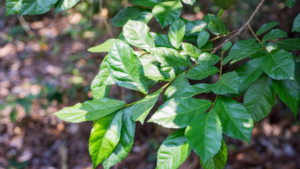


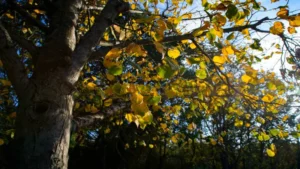


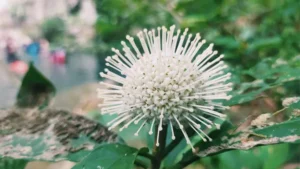
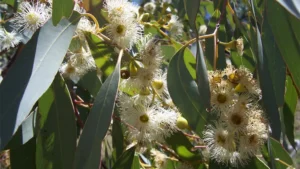


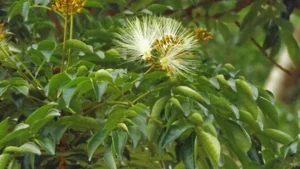
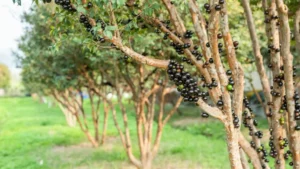
Leave your comment